In 1883, Claude Monet moved his little family to a new home in Giverny, Northern France.
Located midway between the towns of Vernon and Gasny - for practical reasons, it was a wonderful spot; situation in relatively peaceful countryside, yet still close to local amenities and schools for his children.
But as fate would have it, this place was destined to be so much more than just a family home for Monet.
And for the remaining 43 years of his life, the very heart of his practice as a painter would be here; amongst the flowers, and the archways, and the iconic waterlilies, of his garden at Giverny!
Of course, it is easy to image that all these wonderful views must have always been sat there, just waiting for Monet’s arrival. Or that, the artist had chosen Giverny specifically because he knew he was moving straight into a living masterpiece.
But in fact, the opposite was true. The garden he inherited was much more or a blank canvas than a ready made muse. And under anyone else’s care, perhaps it would have remained nothing very special at ll.
Yet for Monet - who, incidentally, was actually just as passionate about gardening as he was about his main vocation as a painter - the possibilities here were endless.
Hence, Giverny gave him the chance to finally practice his two artistic loves simultaneously - as both the artist and the garden designer.
When first arriving in Giverny, Monet mostly painted the surrounding meadows or fields.
At home, the view was much more plain; with the only real highlights including a little barn, orchards, and a small lawn area.
Yet over the course of time - with Monet’s commercial success as a painter now increasing year on year - he was able to consistently work on expanding his garden; cultivating new plants, laying new pathways, and, in many ways, creating his first “living painting”.
And 1890, Monet had saved enough money to buy the house outright; at which point, his full creative vision could really be let loose.
Helped by a team of hired gardeners (though, of course, Monet was always the chief architect and manager of all projects!), he built greenhouses - extended the barn - built a second studio for painting - planted thousands of flowers . . . and, frankly, transformed the place into an impressionist’s paradise.
Oh, and of course, he also continued to pay particular attention to the upkeep of his water garden; distinct with it’s Japanese Bridge, and that enchanting water lily pond.
Thus, what started as a family home, eventually came to be more like a living tribute to Monet’s artistic soul.
And though the gardens and home would eventually fall into a slightly desolate state in the decades after Monet’s death in 1926 . . . fortunately, the last 50 years or so have seen them slowly restored to their former glory again.
In 1977, a man named Gérald Van der Kemp, (then curator at the Palace of Versailles) joined forces with his wife Florence, to help breathe new life back into Monet’s spiritual home.
_
By 1980, the estate was reopened to the public again - sparking the establishment of The Fondation Claude Monet.
And, ever since, Monet’s garden at Giverny has been one of the most visited tourist destinations in all of France.
So, for any of you reading this who may fancy a little artistic pilgrimage. . . the house at Giverny will be opening for visitors again from April 1st this year.
And who knows . . . perhaps I will see you there!

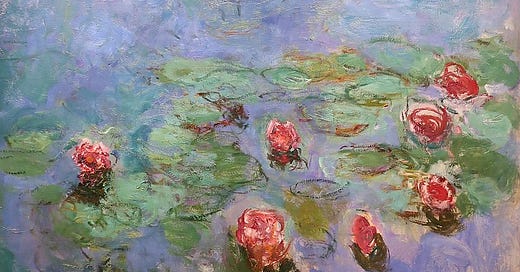


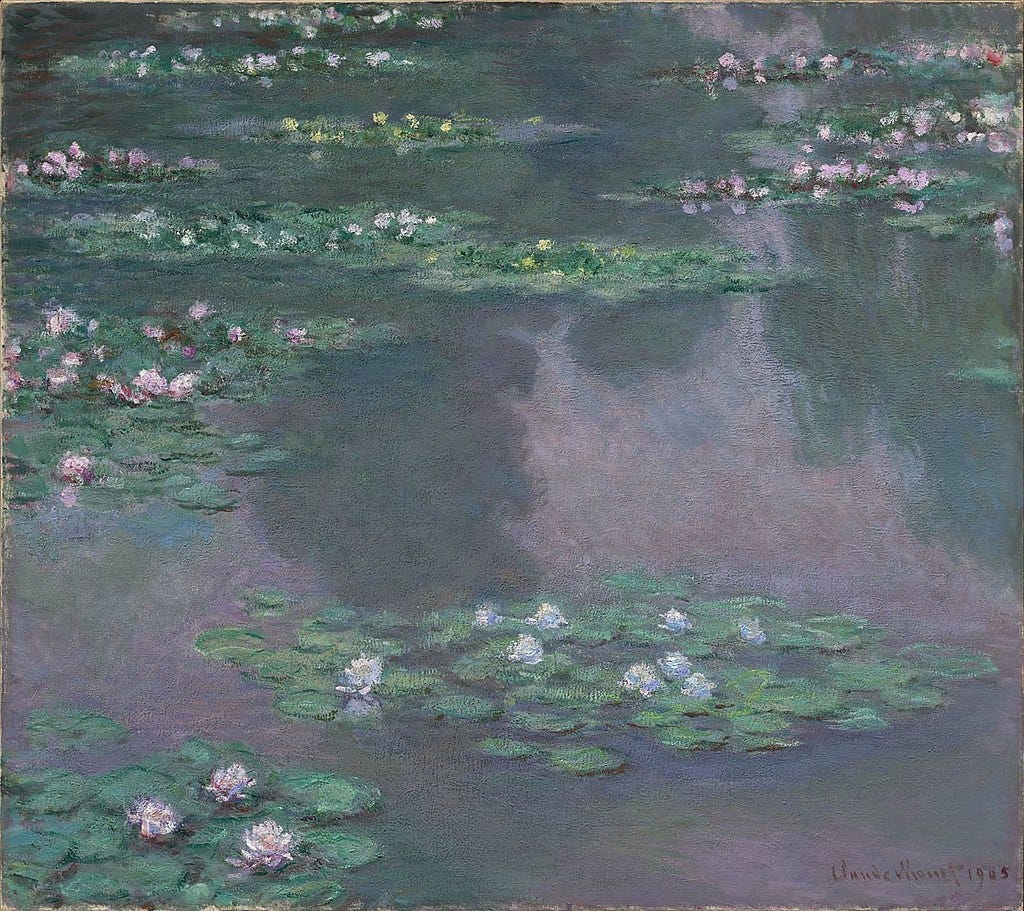
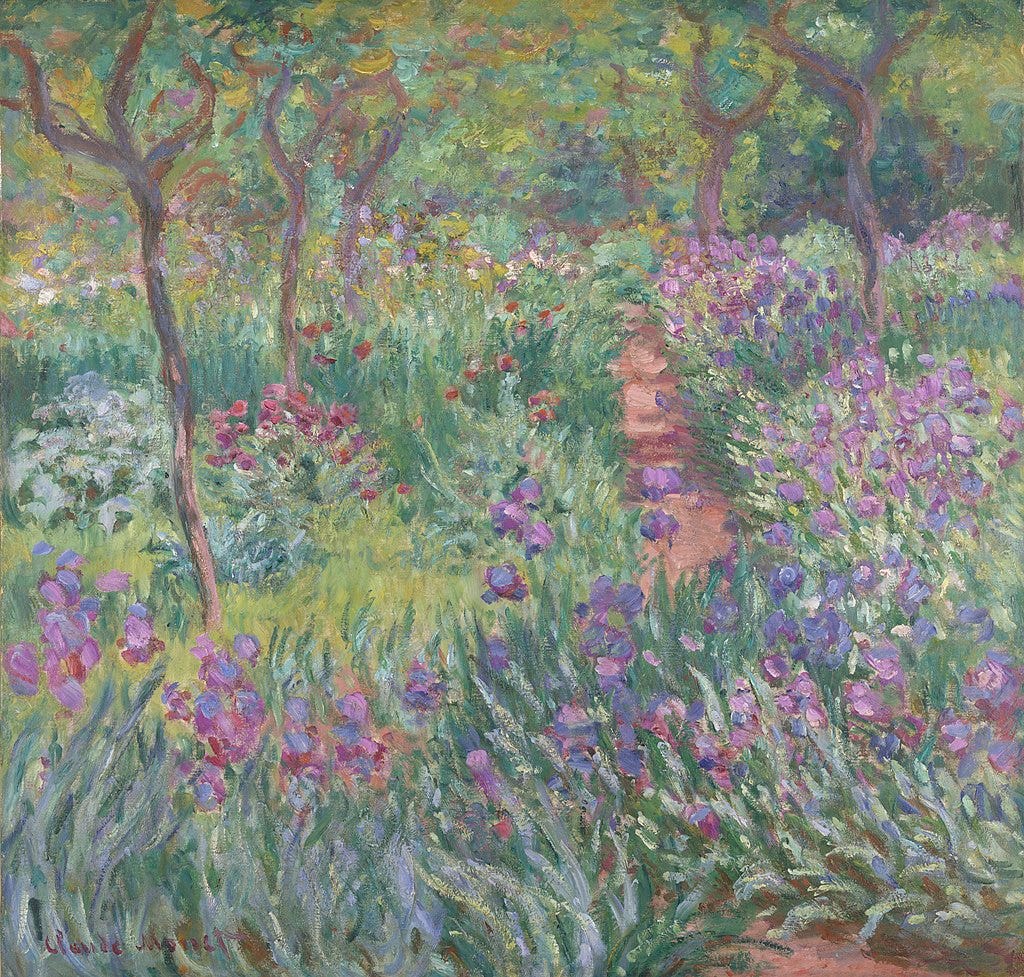
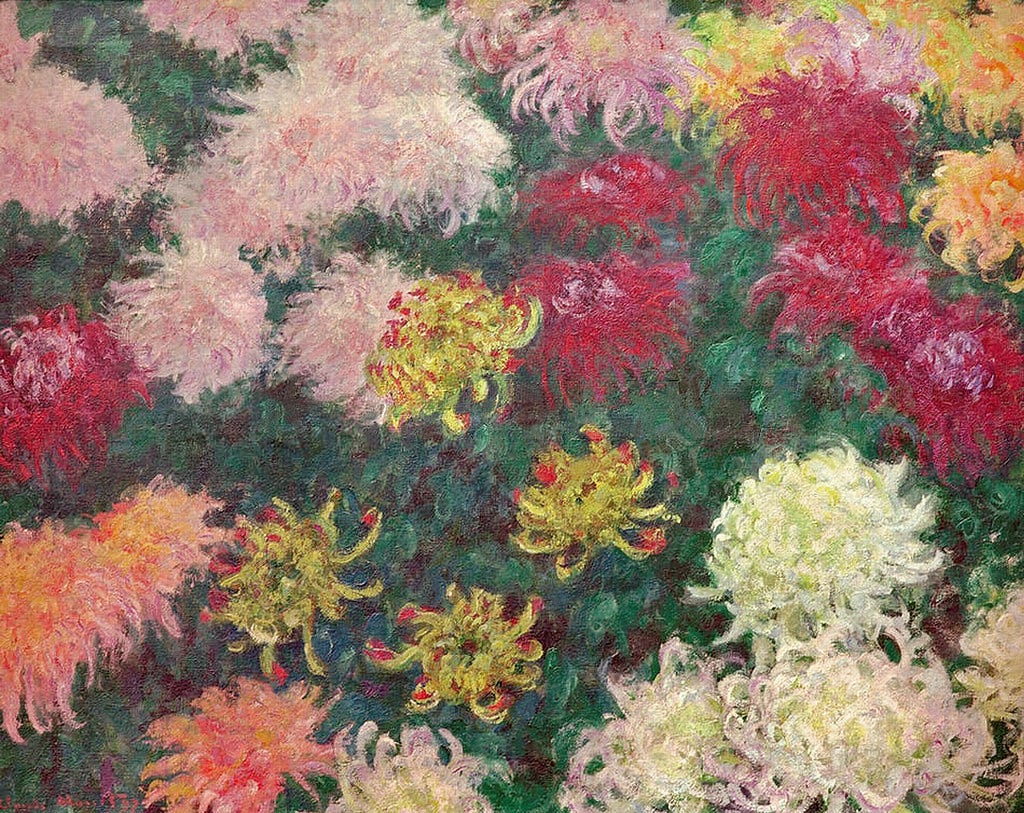
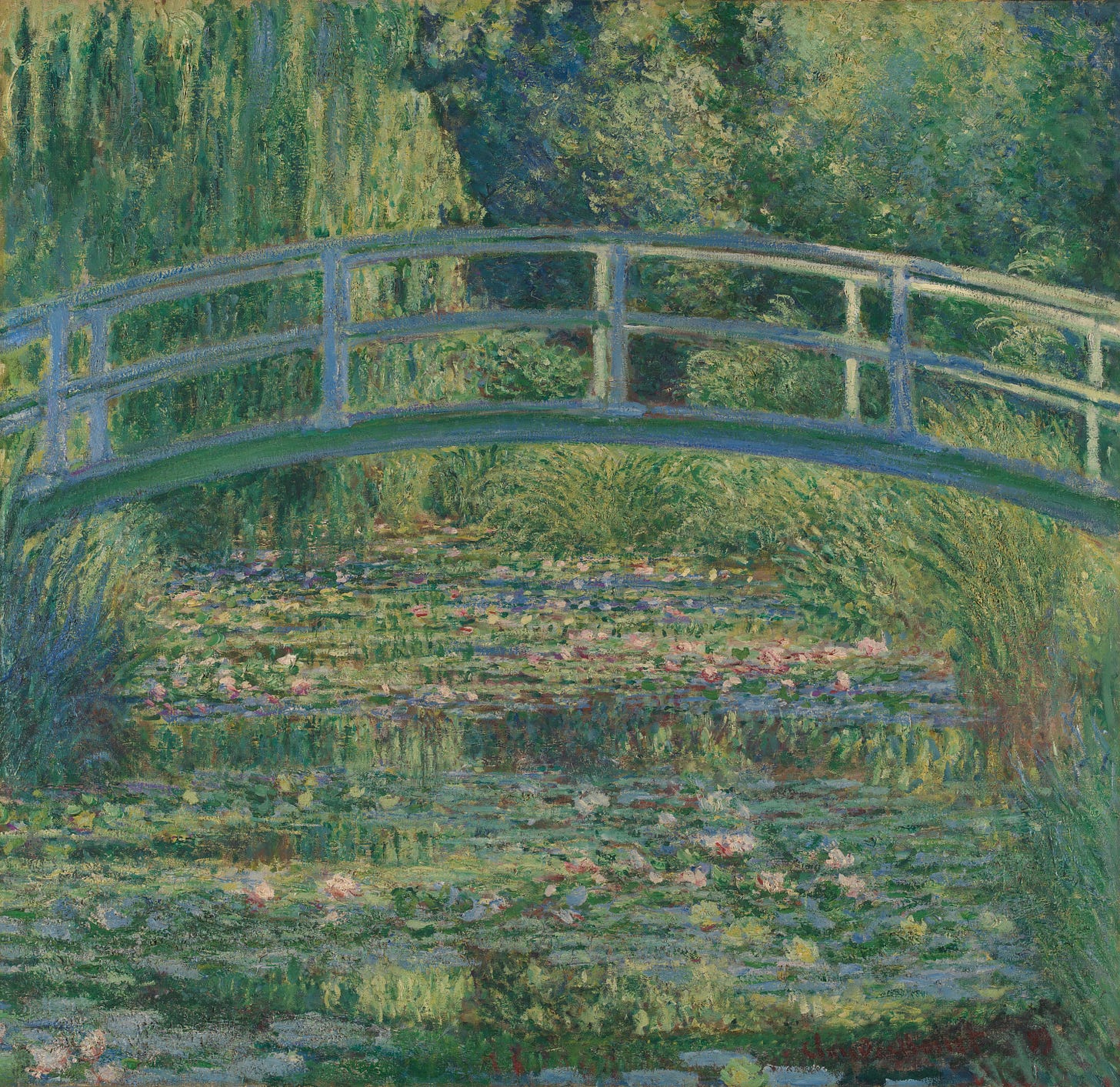
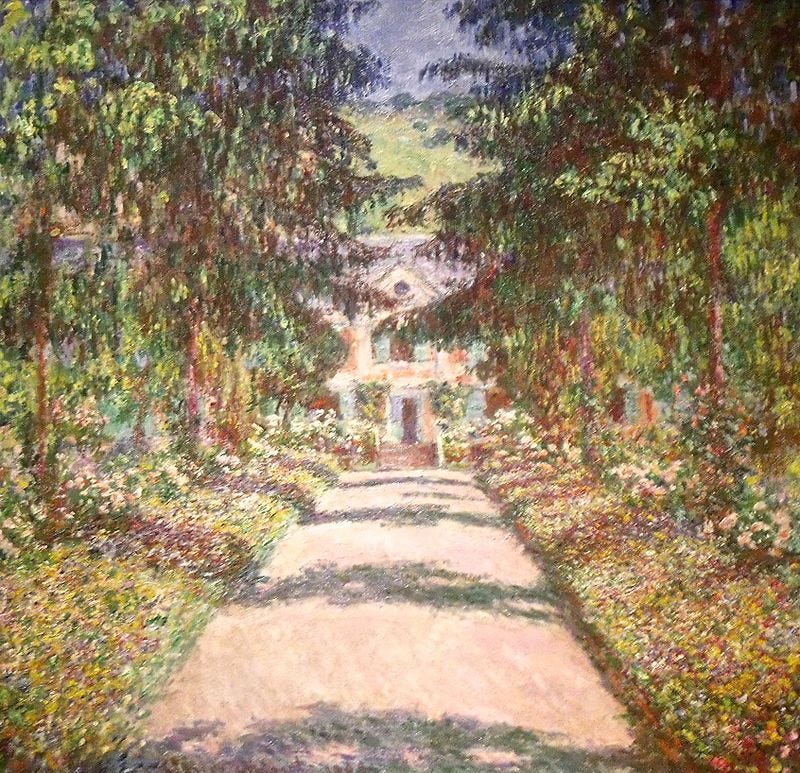

My heart leapt when I saw the subject of today’s post, George! Monet’s work is always a tonic to my soul and a delight to my eyes. Much needed today as I’m in Texas currently and it’s snowing. The budding daffodils outside my window are bent with ice; I needed to read about and relish Monet’s sumptuous garden and flowers. Thank you, thank you.
Just Beautiful. And matched by a beautiful story.